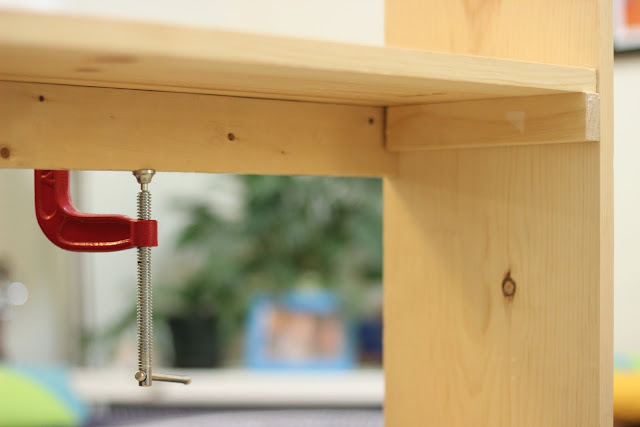I love bubble tea (a.k.a. boba tea), but it's pretty hard to find in DC. So I started making it myself. The added bonus to this situation is that I can make it sweet to my liking...or more specifically, not very sweet. To my liking.
Here is what you need to make boba tea:
- tea (I recommend decaf tea if you are like me and tend to have 2-3 glasses in an afternoon)
- boba
- bubble tea straws
- evaporated milk (or regular milk in a pinch)
- optional: sugar, molasses, honey, sweetened condensed milk, or any other type of sweetener/flavor
First before anything, you want to make some iced tea. I recommend making a bunch so that next time you can make boba tea on a whim, without first having to brew and cool the tea. I also recommend brewing it pretty strong so it can hold its own against the evaporated milk.
Next you need to prepare your boba.
Boba is basically some type of large dark tapioca. It has a tiny bit of flavor, but mainly it's for the texture. The satisfying chew of it. However, when you buy it from the store (I recommend United Noodle if you're in Minneapolis) it is hard and not chewy at all. Here's the way I like to cook my boba:
Bring a pot of water to boil. Add 1/4 boba per glass of tea you'd like to make. Make only as much as you will use within an hour.
I like to use a lot of water so it has lots of room and cooks quickly. Boil for 5 minutes, then turn off the heat. Cover the pot and let sit in the hot water for 10-15 minutes.
Now, when I've cooked my boba I like to let it sit in a syrup for a while (at least 5 minutes) so it can absorb some flavor. This syrup will also sweeten/flavor your tea. I typically use ~1 teaspoon brown sugar with a bit of honey mixed in.
In the picture above I have raw sugar with molasses and honey (in shadow on the right), since I didn't have any brown sugar. You could also add ginger or anything else you'd like to flavor your tea with. I like to add my boba to the syrup and then cap the jar, so the boba doesn't lose any moisture while it sits.
Now, to put it all together.
Add your boba and about one cup of tea to a pint glass. Add evaporated milk (I'm going to totally guess and say roughly 1/4 cup) and mix it all together. Don't forget your straw!














































